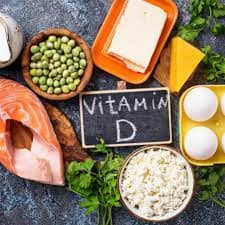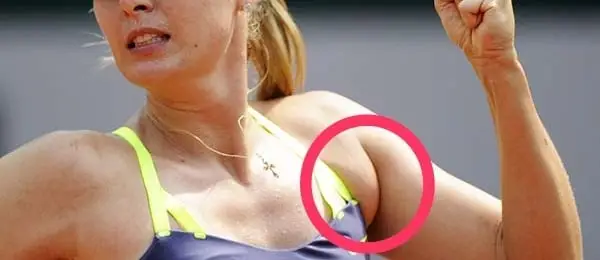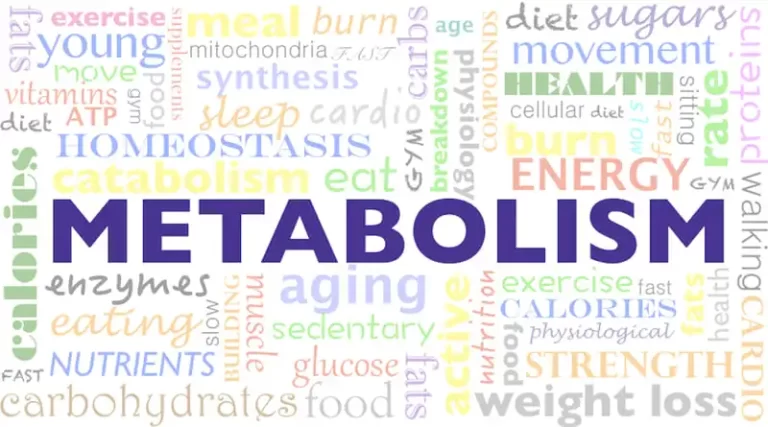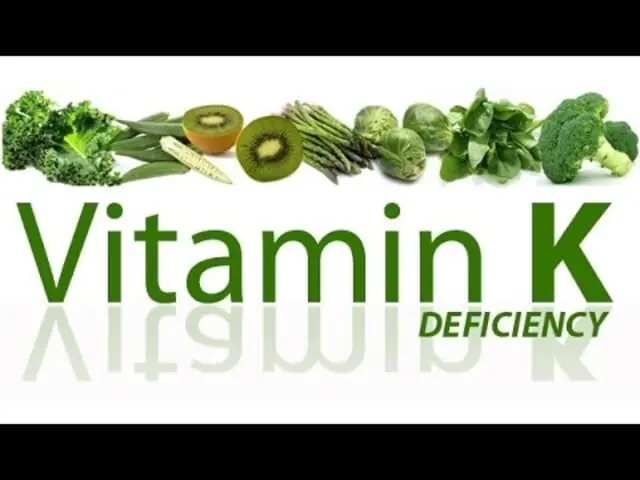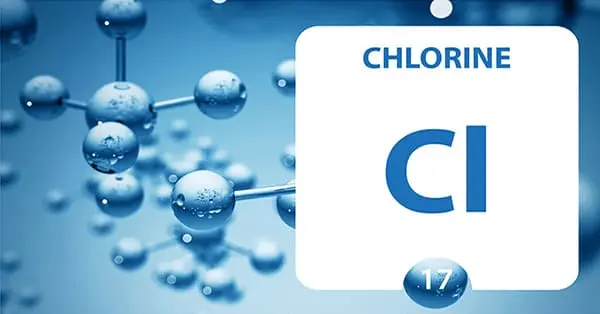Vitamin D from Tanning Beds
Introduction
Vitamin D is an essential nutrient needed by the body for optimal health. It plays an important role in supporting bone health, immune function, cardiovascular health, mood regulation, and prevention of diseases like diabetes and cancer.
Up to 80% of the vitamin D in the body comes from sun exposure, with smaller amounts contributed from the diet. However, in today’s modern lifestyle, many people are not getting enough sun exposure to provide appropriate levels of vitamin D. This deficiency is widespread, especially in the winter and northern latitudes.
Vitamin D from tanning beds has emerged as a controversial alternative source of vitamin D for those unable to get sufficient sun exposure year-round. Tanning beds produce UVB radiation similar to that of natural sunlight, which can stimulate the production of vitamin D in the skin.
While some research indicates that moderate usage of tanning beds can boost vitamin D levels, other studies show significantly increased risks of skin cancer from artificial UV radiation. Dermatology associations strongly advise against tanning beds to prevent skin damage.
This article aims to explore the available evidence on the risks versus benefits of using tanning beds as a convenient way to enhance vitamin D levels during times of the year when sunlight is inadequate. A “full case” analysis will take into account expert recommendations against this practice while assessing if more recent research supports the idea that careful tanning may have a positive impact.
The goal is to examine multiple perspectives and provide a balanced look at whether tanning beds could be an appropriate measure for some people after factoring in cancer risks and the implementation of proper precautions. As long-term randomized controlled trials are lacking, a clear conclusion is not yet possible.
However, a thoughtful discussion of the nuances around risks, modes of action, alternatives, and individual factors may illuminate considerations relevant to anyone exploring this option.
The Case for Tanning Beds as a Vitamin D Source
Tanning beds emit UVB radiation that is very similar to the component of natural sunlight that triggers vitamin D synthesis in the skin. UVB radiation with wavelengths between 290-315 nm penetrates the skin and converts cholesterol metabolites into pre-vitamin D3.
Through a heat-dependent process, previtamin D3 is further transformed into vitamin D3, the active form of the nutrient. This is the same vitamin D3 that the body manufactures after sun exposure. Research indicates that tanning bed use significantly increases vitamin D production and blood serum levels.
For those with limited access to regular sunlight during much of the year, tanning beds may provide a convenient way to maintain a healthy vitamin D status. People living in northern climates during winter can scarcely get enough outdoor sun exposure for adequate vitamin D with the sun at low angles.
One study found indoor tanning users in Chicago during winter successfully avoided vitamin D deficiency. Participants who tanned frequently had vitamin D levels that did not significantly differ from August levels at the end of summer. Additionally, a 2010 review found that vitamin D levels increased by 162% on average with tanning bed use. This suggests tanning can be an effective approach for raising wintertime vitamin D.
While risky in excess, some research indicates that prudent tanning bed usage limits vitamin D deficiency without substantially raising skin cancer risk. One large study followed over 35,000 women and found no additional risk among those using tanning beds no more than once a month.
Further research is warranted, but evidence implies sporadic, moderate tanning may offer vitamin D benefits without necessarily heightening the chance of melanoma beyond occasional sunburns. For house-bound elderly and others in extreme northern climates, this data suggests potential advantages to judicious tanning bed utilization.
The Downsides and Risks
While tanning beds may boost vitamin D levels, they come with considerable health risks that merit strong caution. Tanning devices operate at UV intensities many times stronger than the sun, magnifying skin cancer danger.
A major meta-analysis found that ever using tanning beds significantly increases melanoma risk by 20%, with a striking 75% higher chance for those starting before age 35. UV harm is cumulative, so exposure adds up over a lifetime. Even infrequent tanning can damage skin cell DNA and raise mutations.
Carefully controlling vitamin D production from tanning bed UV light is challenging. Duration of exposure, individual skin type, age, and wavelength specifics all impact previtamin D3 synthesis.
Skin reddening and burns easily result from only slightly excessive exposure in pursuit of raising vitamin D at a purported “safe” level. Since UV-induced skin cancer risk grows exponentially – not linearly – with higher doses, mistimed tanning sessions could amplify danger even if sporadic.
While sunshine itself cannot be avoided, vitamin D intake can alternatively be augmented through dietary sources like fatty fish, egg yolks, fortified milk and juices, beef liver, and supplements as needed.
Prudent sun exposure likely poses fewer hazards than concentrated tanning bed light when gradually built up. Additionally, excessive UV light whether from the sun or tanning can raise vitamin D to overly high levels that introduce concerns about toxicity with overzealous efforts to correct deficiency.
So while tanning beds undoubtedly increase vitamin D, attendant melanoma and skin damage threats counterargue their use for this purpose when sensible sunlight exposure or diet adjustments present lower-risk ways to prevent inadequacy.
Expert Recommendations
Dermatology organizations like the American Academy of Dermatology take a strong stance against using tanning beds for vitamin D or any other health purpose. Citing considerable skin cancer risks that dramatically escalate with exposure – especially at younger ages – these experts adamantly assert that tanning devices should be avoided altogether despite theoretical vitamin D benefits. The AAD’s position statement flatly says that “the risks associated with indoor tanning far outweigh any alleged benefits,” considering sunburns and UV damage cumulate over long periods to heighten melanoma risk.
Instead of high-intensity artificial UV radiation from tanning beds, these authorities recommend getting necessary vitamin D safely through a combination of limited sun exposure, consumption of foods rich in vitamin D like fatty fish, and/or taking vitamin D supplements when needed.
They argue that small amounts of sunlight on arms and legs multiple times weekly – without getting burned – sufficiently catalyzes natural vitamin D production for most people. Supplements also provide D3 without skin damage.
For those with severely low wintertime vitamin D levels, prescription-strength dosages of up to 50,000 IU under medical monitoring can rapidly restore adequacy without resorting to concentrated tanning bed UV rays.
While a minority of researchers suggest very judicious tanning may have a place for some groups like the institutionalized elderly, dermatology consensus holds that skin cancer risks dwarf any benefit.
Guidelines uniformly promote avoidance in favor of other safer ways to optimize vitamin D status without incurring marked melanoma hazards inherent to artificial UV light, especially with fair skin. Limited sunshine, fortified foods and beverages, and supplements as necessary allow adequate intake without requiring risky tanning bed utilization.
Tanning Safely
If an informed decision has been made to use tanning for limited vitamin D, risk reduction measures are imperative. Regulations set maximum exposures at most tanning salons, but further precautions should be taken.
UVB tanning beds emitting moderate exposure durations between 5-15 min minimize excess irradiation, generate adequate vitamin D, and cap added cancer risk. Exposure beyond 15 minutes confers no added vitamin D benefit and proportionally raises melanoma hazards. Initial sessions should always be restricted to 5 minutes to gauge skin reactions to the UV light before extending time. Fair-skinned individuals generate plenty of vitamin D in less time than those with darker complexions.
Chemical-laden tanning lotions often irritate sensitive skin. Using natural oils like coconut, argan or olive oil instead provides hydration and antioxidant protection without epidermal aggravation around UV light exposure. Staying well-hydrated also aids skin resilience. Additionally, supplements like magnesium and vitamin K2 support healthy vitamin D activation and functioning.
Additional Benefits of Tanning
Beyond direct vitamin D impacts, some research indicates secondary mood enhancement and destressing effects from tanning likely owing to endorphin release along with shifting vitamin D and hormone levels.
One study found over half of frequent tanners report mood improvement as a primary tanning motivation. By stimulating the sympathetic nervous system, tanning can boost energy, focus, and a sense of well-being.
In moderation, exposure to UV light may also broadly help restore regulatory balance in the nervous system closer to homeostatic functioning. Low vitamin D exacerbates stress reactions and inflammation.
By reversing deficiency and triggering neurological changes, some hypothesize that measured UV radiation calms hyperactive stress responses overactivated in winter months and chronic disease. In essence, this balances the parasympathetic and sympathetic nervous system for optimized stress adaptation.
So while unproven, mood and whole-body regulatory alterations represent secondary areas that warrant further investigation regarding subtle salutary effects of non-burning UV light exposure. But considerable caution is still urged around basing tanning decisions solely upon these secondary impacts given the dominating influence of skin cancer risk considerations.
Summary
This article explores the arguments for and against using tanning beds as a source of vitamin D. With many people deficient in vitamin D, especially in northern latitudes and during winter, tanning beds that emit UVB rays may provide an easy way to improve vitamin D status.
Some research shows comparable levels of frequent tanners versus others. However, experts strongly warn against tanning bed use due to significantly increased skin cancer risks from intense UV exposure. It is also difficult to control vitamin D production in tanning beds. Alternative and safer options include sensible sun exposure, diet/food sources like fish and eggs, and supplements.
Those set on using tanning beds should minimize exposure time, avoid burns, and take precautions like using natural skin oils instead of chemical tanning lotions. Limited evidence indicates tanning improves mood and balances the nervous system as additional benefits, but negligible compared to the risk or recommended vitamin D promotion tactics.
Carefully considered vitamin D needs may justify conservative tanning for some informed consumers, but overall consensus advises against tanning bed utilization given attendant melanoma dangers.
FAQs
Do tanning beds increase vitamin D levels?
Yes, tanning beds emitting UVB rays have been shown to significantly increase vitamin D production and blood serum levels when used judiciously. However, considerable risks are involved.
Can you get enough vitamin D through diet instead of tanning?
Yes, foods like fatty fish, eggs, liver, and fortified milk can provide substantial vitamin D. Supplements are another option that avoids UV exposure risks from sunlight or tanning beds.
How much time in a tanning bed provides vitamin D without raising skin cancer risk?
Limited research indicates keeping tanning sessions under 15 minutes up to 1x/month does not substantially raise melanoma risk beyond occasional sunburns. However, many experts argue no exposure increase is completely safe.
Can you get too much vitamin D from tanning or cause toxicity?
Yes, excessive UV light exposure whether from the sun or tanning aimed at dramatically raising vitamin D can result in overly high vitamin D levels which may cause hypercalcemia and vitamin D toxicity symptoms. Moderation is key.
Do tanning beds provide benefits beyond increasing vitamin D?
Some early evidence suggests tanning may provide mood, reduced stress, and endorphin level benefits for some people. However, considerable skepticism exists around these secondary benefits justifying any amount of added short- or long-term skin cancer risk.
References
M. (2022, March 7). Vitamin D from Tanning Beds: How + Why I Tan Each Fall & Winter. Eat Beautiful. https://eatbeautiful.net/vitamin-d-from-tanning-beds/
Kimball, S., Lee, J., & Vieth, R. (2017, January 1). Sunbeds with UVB radiation can produce physiological levels of serum 25-Hydroxyvitamin D in healthy volunteers. Dermato-endocrinology. https://doi.org/10.1080/19381980.2017.1375635
Ghiasvand, R., Rueegg, C. S., Weiderpass, E., Green, A. C., Lund, E., & Veierød, M. B. (2017, January 11). Indoor Tanning and Melanoma Risk: Long-Term Evidence From a Prospective Population-Based Cohort Study. American Journal of Epidemiology. https://doi.org/10.1093/aje/kww148
Indoor tanning. (n.d.). https://www.aad.org/media/stats-indoor-tanning

